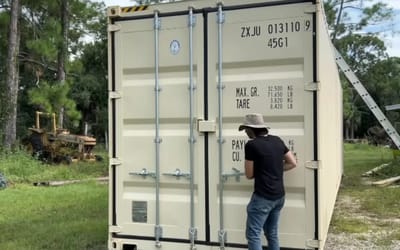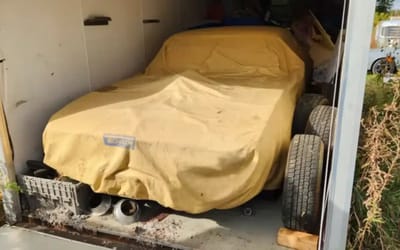China claiming to have developed wild new plasma tech that can make aircraft invisible
- Chinese scientists have created a plasma stealth device to take military aircraft off the radar
- It focuses on shielding key areas – instead of an entire aircraft
- It could be a game-changer for military aircraft that currently rely on radar-absorbent coatings and geometric designs for stealth
Published on Feb 26, 2024 at 8:15 PM (UTC+4)
by Amelia Jean Hershman-Jones
Last updated on Mar 06, 2024 at 2:14 PM (UTC+4)
Edited by
Alessandro Renesis
The future is now as China has developed new plasma tech that promises to make aircraft invisible, according to reports.
The new stealth plasma device works by targeting a specific area rather than the entire aircraft.
Scientists and engineers developed the device specifically for military aircraft.
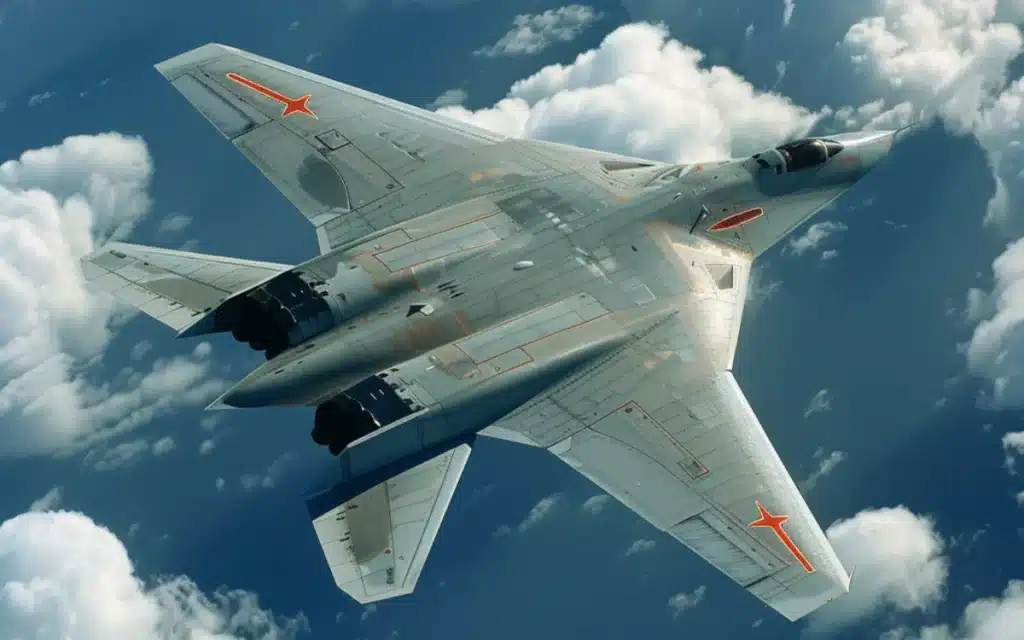
READ MORE! US Military were forced to investigate an unidentified balloon, make strange finding
The new technology was reported on by the South China Morning Post.
It comes just months after Canada revealed an invisibility cloak.
Tech is also moving closer to making superyachts and other vehicles invisible too.
It’s claimed that the new Chinese tech is capable of rendering any military aircraft undetectable by radar.
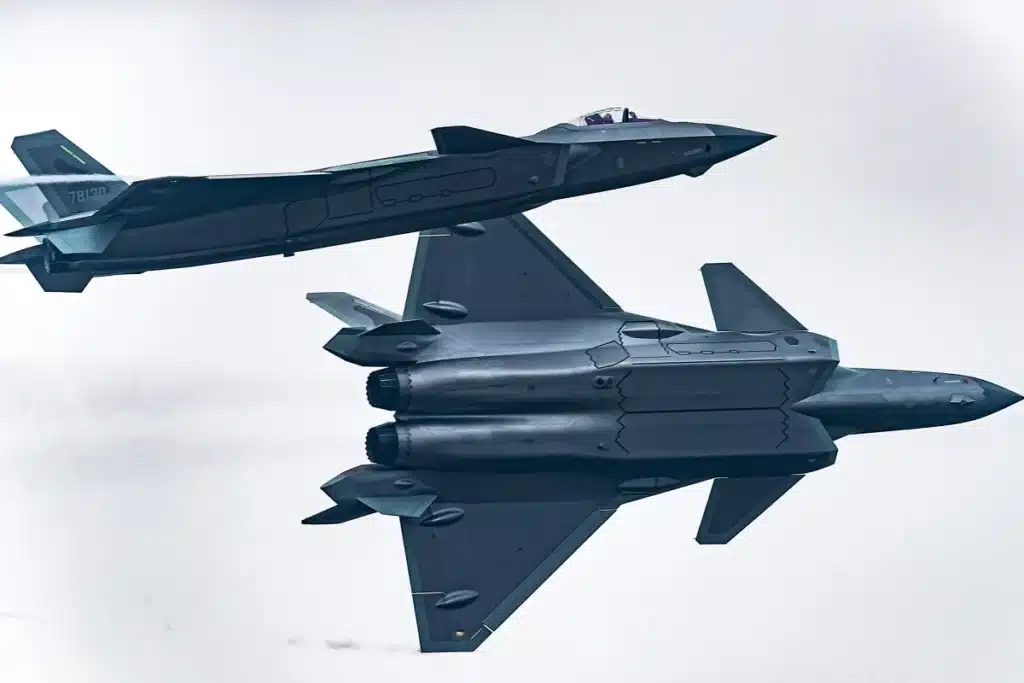
Older iterations of the tech for the F-22 Raptor or the B-2 Spirit created a plasma ‘blanket’ to cover the entire aircraft.
They used radar-absorbent coatings and geometric designs for stealth.
However, the “closed electron beam plasma stealth device” works by targeting the plane’s radar dome, cockpit, or another part of the craft.
This can make the aircraft invisible on a radar screen and, key to its success, can be activated quickly to deceive radar operators.
Plasma stealth technology has been researched for decades.
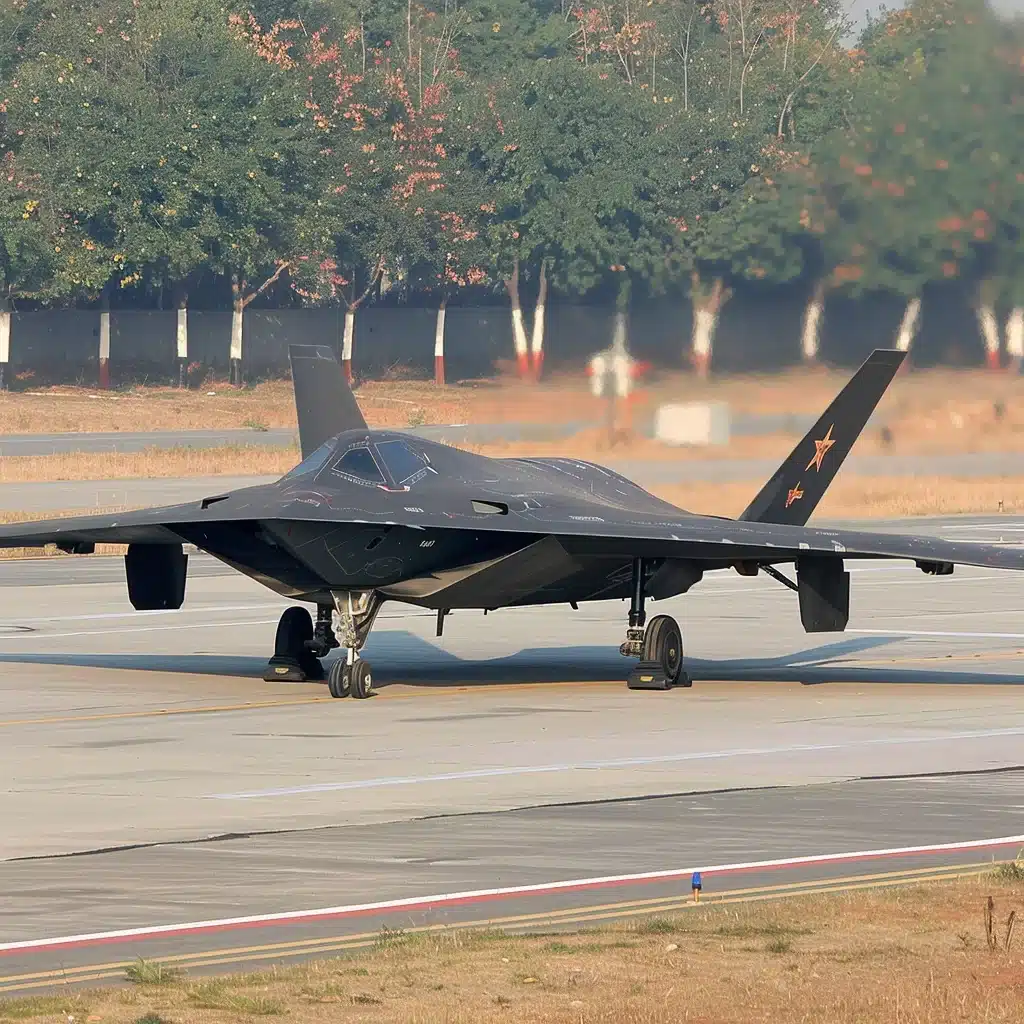
However practical implementation is still a source of ongoing debate within the research and defense community.
Challenges include the energy needed to sustain the plasma, control its density and distribution, and ensure compatibility with the aircraft.
It works by reducing the detectability or radar cross-section (RCS) of an aircraft.
It does this using ionized gas or plasma.
It forms a plasma cloud in the air in front of an incredibly fast hypersonic vehicle or weapon – like an aircraft going at Mach 5+.
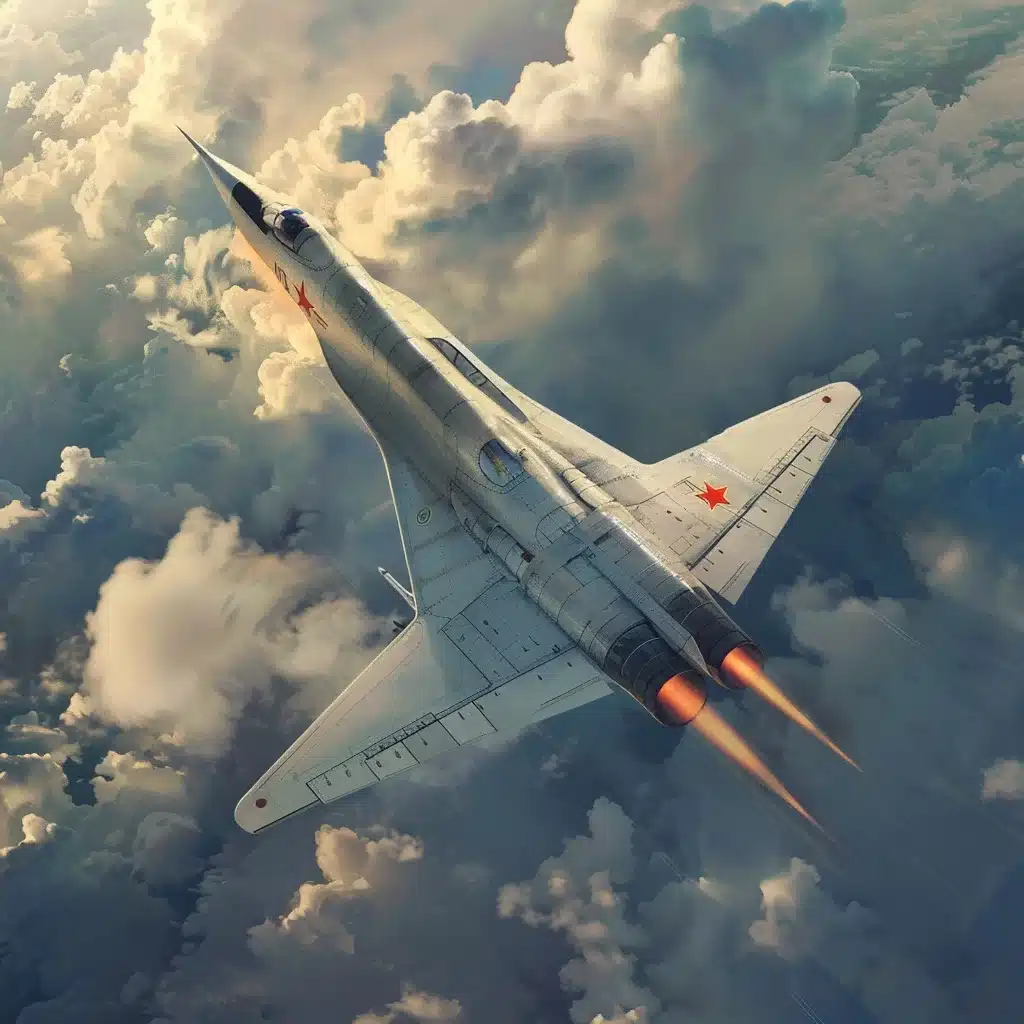
This cloud absorbs or disrupts radar waves – effectively hiding the object from radar systems.
Tan Chang, a scientist working on the project, highlighted the straightforward design, adjustable power range, and high plasma density of the new technology.
Tan and his colleagues from the Plasma Technology Centre of the Xian Aerospace Propulsion Institute, suggest that this innovative solution could be used on military aircraft.
Two types of plasma stealth devices were tested.
One coats radar-prone areas with a radioactive isotope, emitting rays to ionize the air and create a dense plasma layer scattering radar signals.
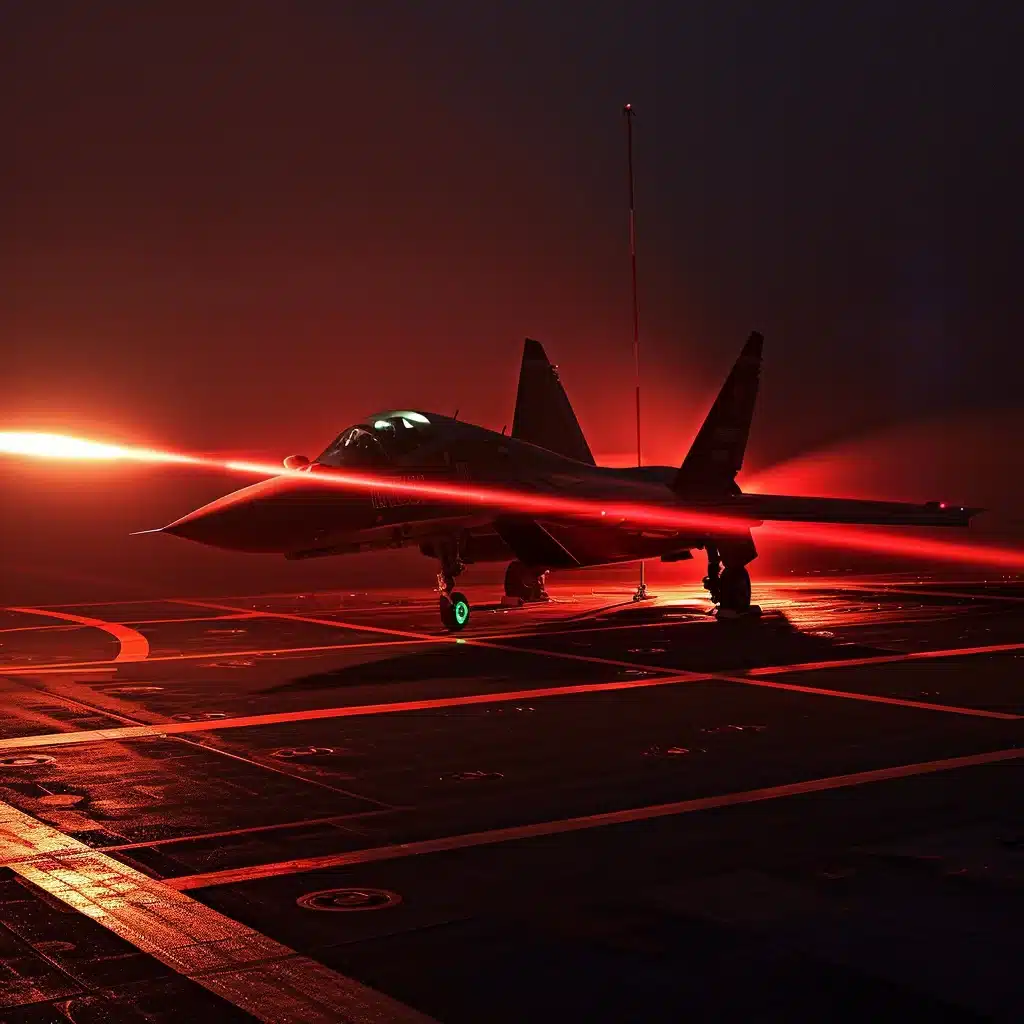
The other uses high-frequency electricity to ionize the gas outside the aircraft, forming a plasma region.
“Both methods have been flight-tested and proven successful,” wrote the team.
Tan’s team devised a device using electron beam discharge to generate large areas of confined plasma.
This approach separates the plasma from the generator, allowing more flexibility in designing cavities to suit different aircraft structures.
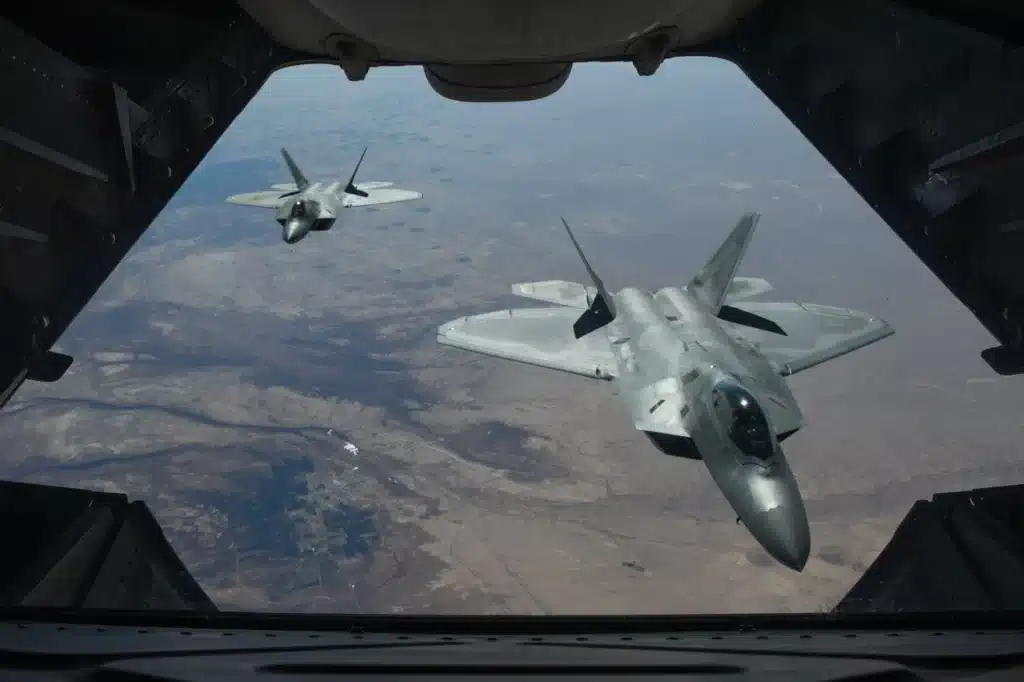
The team noted that plasma generated by electron beams offers better adjustability, energy efficiency, reduced power requirements, and lighter weight, making it more practical.
Tan and his colleagues added that the tech would be implemented by the Chinese military “soon”.
DISCOVER SBX CARS: The global premium car auction platform powered by Supercar Blondie
All Supercar Blondie contributors undergo editorial review and fact-checking to ensure accuracy and authority in automotive journalism. After gaining her BA Hons in French and English at the University of Nottingham, Amelia embarked on a vocational diploma from the National Council for the Training of Journalists (NCTJ). This led to numerous opportunities, from interning at Vogue to being on the small team that launched Women’s Health magazine in the UK, which was named the PPA Consumer magazine of the year for three years running. As Health, Beauty and Fitness editor, Amelia personally received a Johnson & Johnson Award and was shortlisted for both PPA and BSME titles. Since then, Amelia has created content for numerous titles and brands, including the Telegraph, 111 Skin, Waitrose, Red magazine, Stylist, and Elle, as well as being Head of Content at Vitality and Editor in Chief at INLondon magazine. “My superpower is translating technical jargon about the mechanical workings of a supercar into a relatable story you’ll want to share with your friends after you’ve read it.” After joining the SB Media family as a senior journalist in September of 2023, Amelia’s role has evolved to see her heading up the SEO output of the editorial team. From researching the most ‘Google-able’ key terms to producing evergreen content - it’s been a time of hard work, growth, and success for the editorial team and the Supercar Blondie website. “I like to think of myself as a ‘method journalist’. In other words: I live and breathe whatever I am writing about. When writing about fitness, I trained as a personal trainer, and as a beauty editor, I completed an ‘expert’ in scent diploma with the Fragrance Foundation. “During my tenure at Supercar Blondie, however, I did something I never thought possible: I passed my driving test at the age of 36. One day I’d love to train as a mechanic to better understand what happens under the hood, too. “My sweet spot is providing readers with a ‘takeaway’ (read: something new they didn’t know before) after reading every one of my stories. While I don’t claim to be an expert in the automotive world, I know the experts and bodies in the field to rely on to provide our readers with an informative and thought-provoking story every time they visit the site.”


